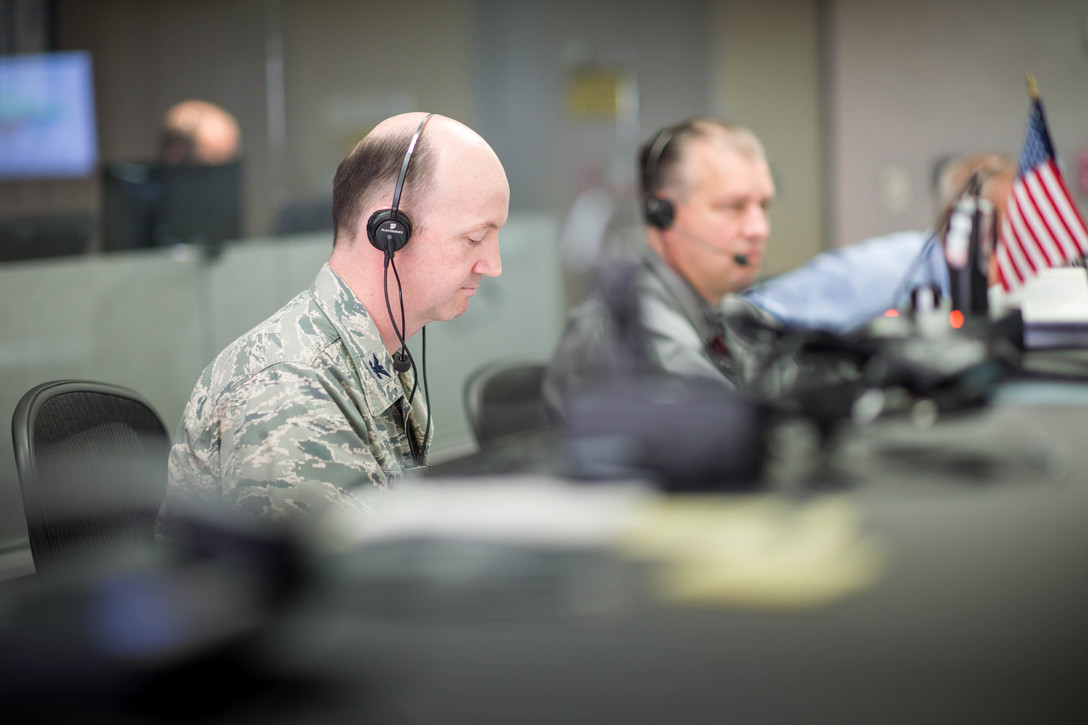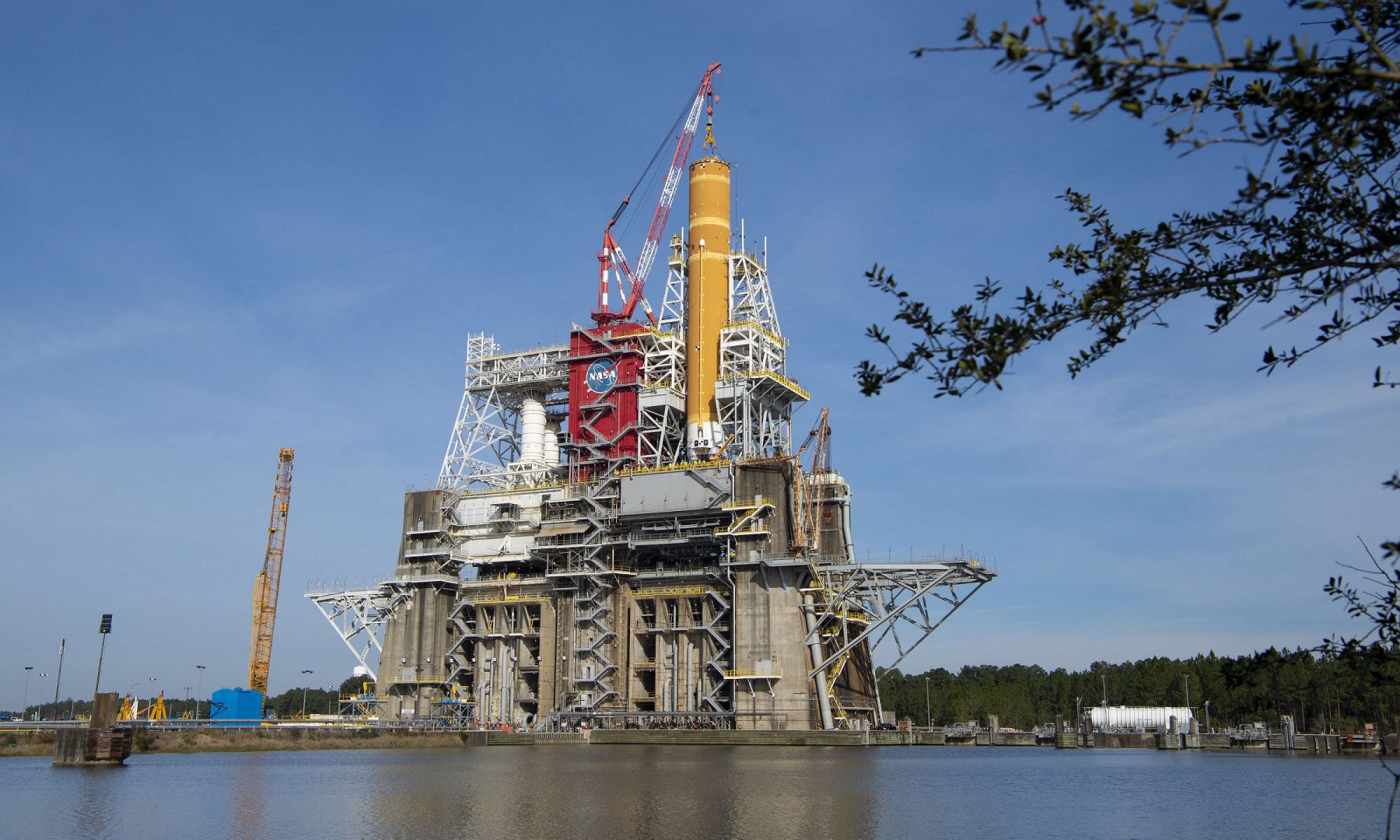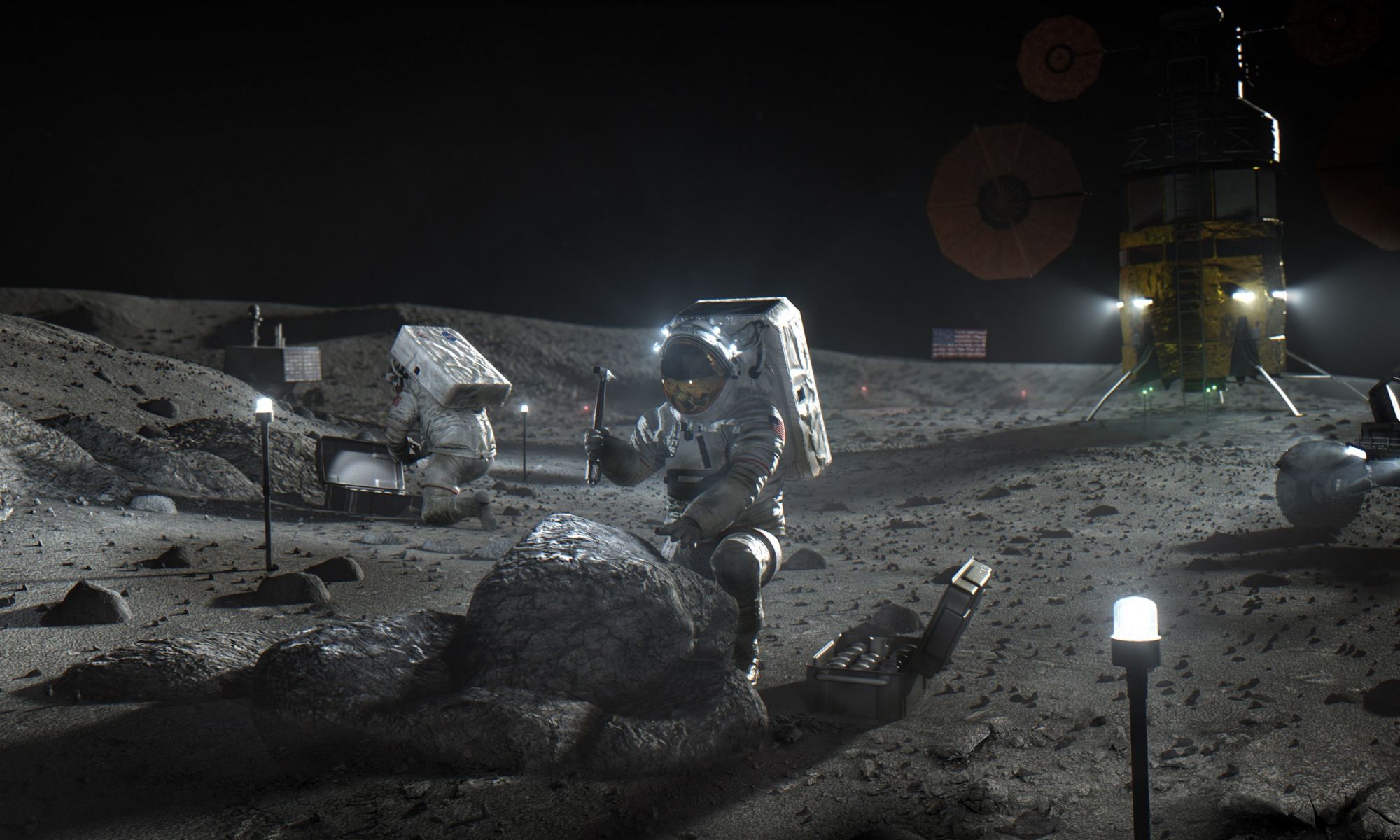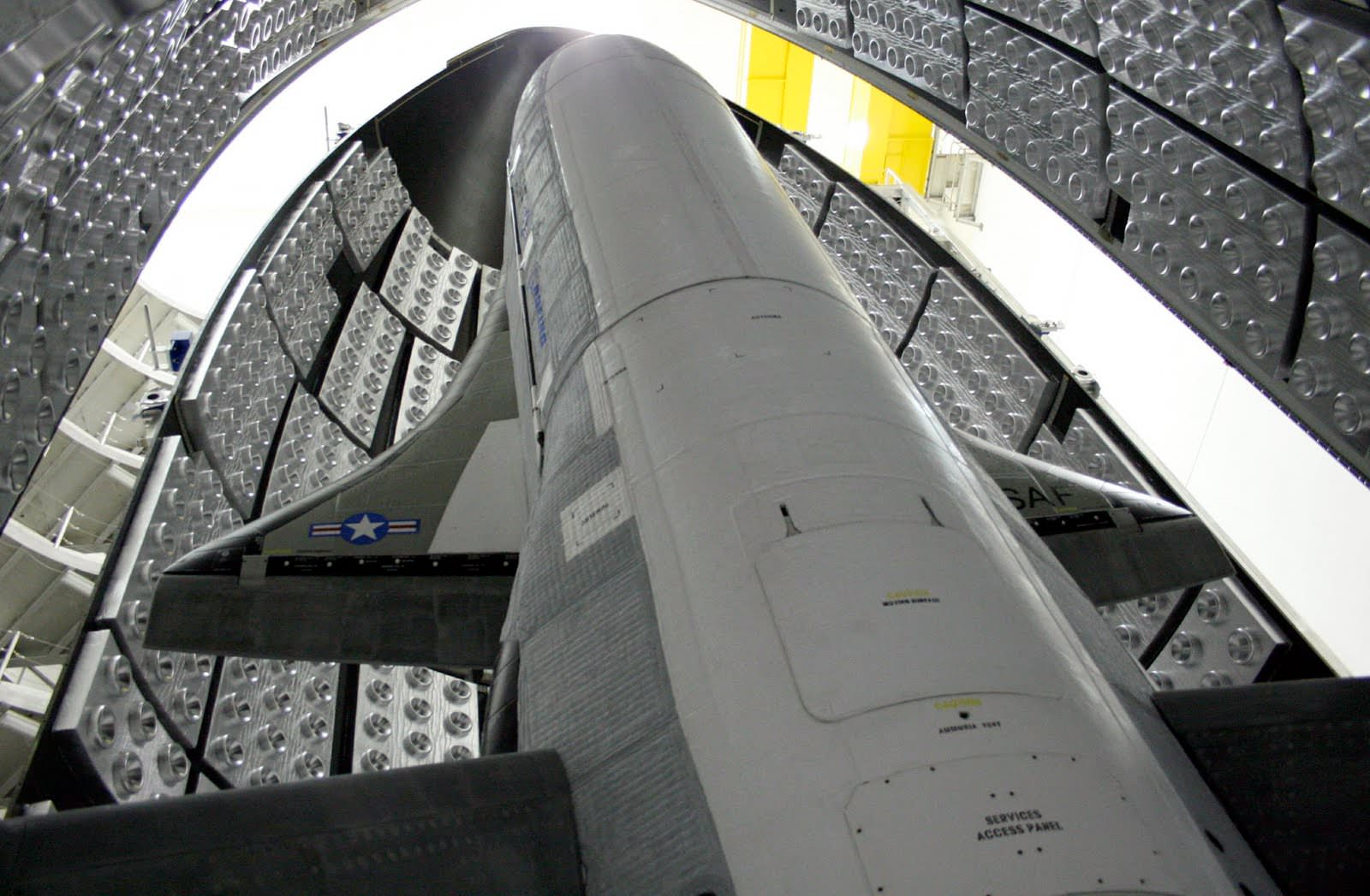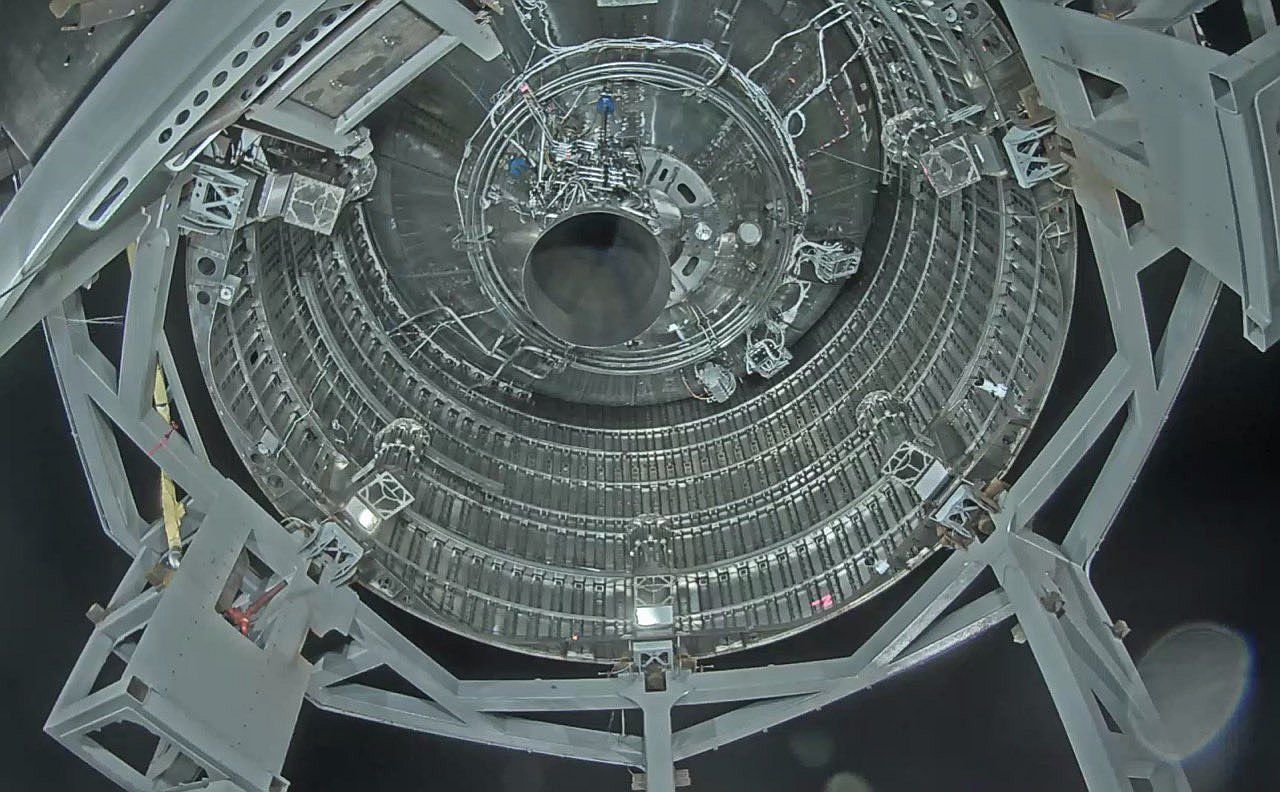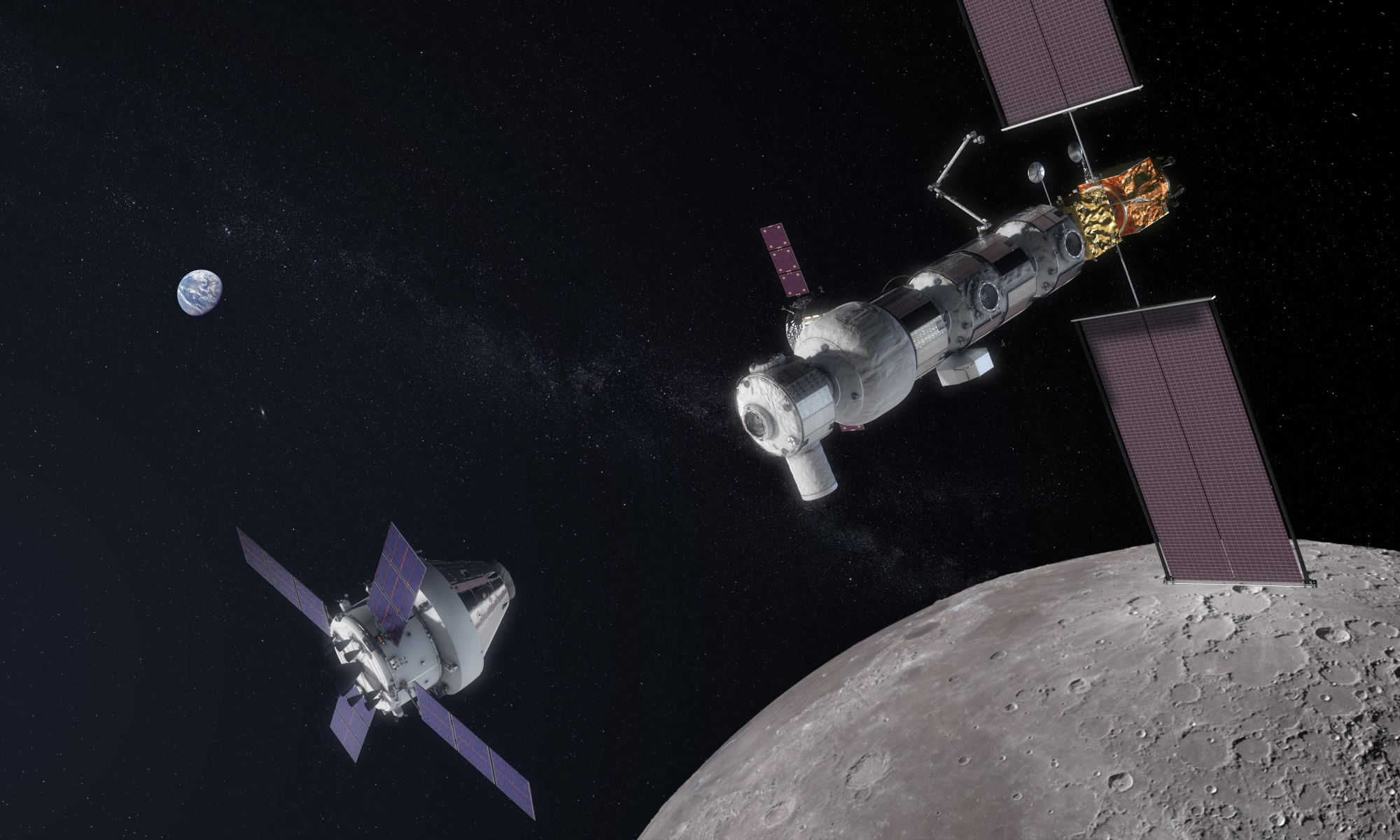On February 19th, 2019, the US Space Force (USSF) was officially created with the signing of Space Policy Directive–4. This effectively broke off from the US Air Force Space Command (AFSC) and made into the sixth and youngest independent branch of the armed forces. Since then, the USSF has established a headquarters, taken on staff from the US Air Force, and even produced a recruitment video!
In their latest announcement, the US Space Force stated that it will begin training soon to develop their staff’s “space warfighting skills.” This will include training personnel to specialize in orbital warfare, electronic warfare, military strategy, and others. The immediate aim is to produce personnel who can control US space infrastructure and protect it from physical, electronic, or digital attacks.
Continue reading “Space Force is Starting to Train its Soldiers to Fight… in Space?”
